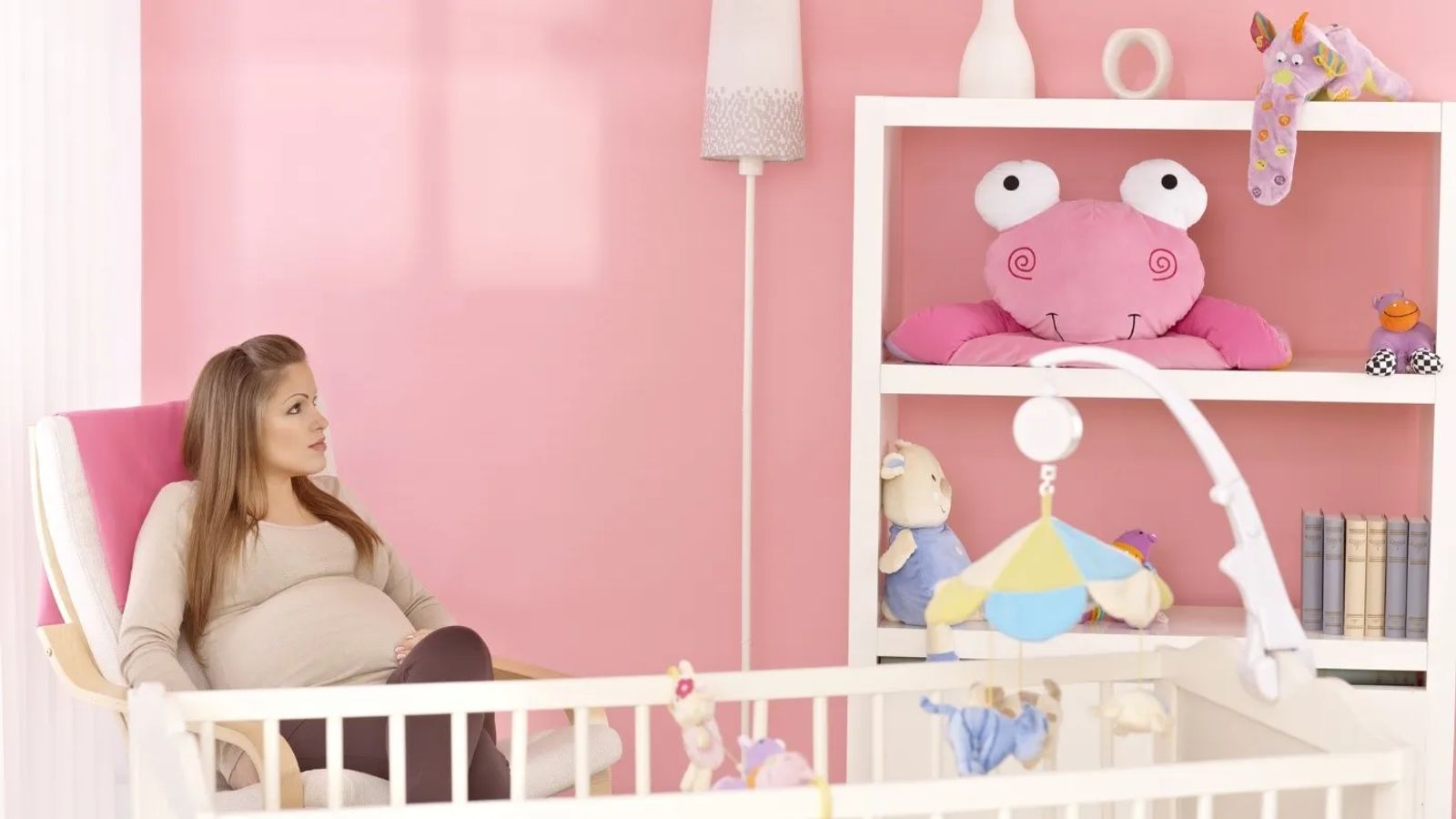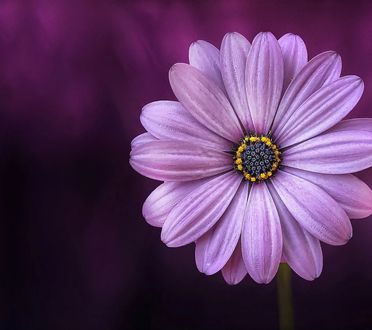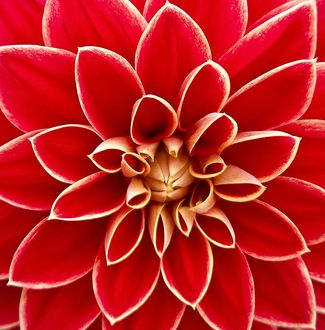
Tips for Choosing a Color for Baby's Room
July 16, 2019 | by jules hopkins
It can be quite difficult to decide on the color that will be perfect for your baby's room - especially if you’re not in the know regarding the science of colors. There is an established relationship between psychology and color, therefore, it’s important for this relationship to be taken into consideration when choosing the right color for your baby's room. Psychological studies suggest that our mood, attitude, and behavior can be influenced by the colors of our surroundings. This is one of the reasons why most fast-food restaurants, gyms, and spas are associated with certain specified color combinations.
Colors have also been known to stimulate the brain and body; hence they influence sleep habits, memory strength, and academic performance - an important factor to consider for developing brains. Therefore, in making the right decision concerning the perfect color combination that is appropriate for your baby, it is imperative that you are equipped with the psychological effects of your color choice before deciding to paint that room. The following are the brief descriptions of how each color family affects the mind, mood and emotions and the considerations to consider when using it to paint your baby's room.
COOL COLORS: Cool colors have a tranquilizing effect on the body. Thus, they can create a relaxing and spacious feeling to your baby's room. However, these colors are not particularly inviting if the atmosphere is too plain; hence people leave the room feeling reserved and cold. These negative effects can be minimized by pairing cool colors with creamy neutrals and by decorating the baby's room with tender fabrics and comfortable accessories. Also, dark cool colors should be used in moderation to prevent the perception of any gloomy feeling which can, in turn, affect the baby's mood. The following are examples of cool colors: blue, green, and purple.
1. Blue: Blue, the direct opposite of red on the color wheel, soothes the mind and body by reducing blood pressure, heart rate, and feelings of anxiety and depression. It is also known to physically create a cooling haven in hot and humid seasons. The blue surrounding is a perfect environment that will help children having sleeping troubles, restlessness, and other behavioral attributes to be relieved. The blue and white combination is a great pair that resonates with the oceanic feeling. Darker shades of blue, like the navy blue, should not be overused in your baby's space because of the gloomy feeling it projects.
2. Green: Green stands for nature and, as such, it boosts a calm and peaceful environment. As a result of its soothing effect on the mind and soul, green is best used in a learning environment so as to enhance the reading ability and comprehension. Green has a tremendous impact on human health and welfare; It enhances concentration and learning by reducing anxiety and blocking out distractions. It is abundant in nature; thus, it is a great color that can be used for decorating your baby's room. Different shades of green, such as the lively and striking Kelly Green, are also excellent options.
3. Purple: Purple, related to wisdom and spirituality, adopts the characteristics of either the stability of blue or the energy of red depending on the color shade. Purple symbolizes royalty and as such, it gives off a luxurious feeling when using in the decoration of a baby's room. It also impacts serenity and calmness to the space, making it a good choice of color for your baby's room.
WARM COLORS: Warm colors evoke happiness. They also create comfort by making open, wide spaces to feel more intimate. Generally, the bold shades of the orange, red, and yellow have been known to excite the mind and brain; they cause the body to have a strong sense of vigor. In as much as warm colors are essential to the baby’s growth and development, they can create issues at night. It is great to combine cooler colors with warm colors to lessen any negative effects and to create a sense of equilibrium. The following are examples of warm colors: orange, pink, red, and yellow.
1. Orange: Orange is a friendly color that boosts interpersonal communication in the environment where it is used. It oozes a welcoming perfume that keeps people at ease. Although it has a rare social nature, too much of this color can be over-stimulating.
2. Pink: Pink has historically depicted femininity and empathy. It provides a tranquil atmosphere and it's best for keeping children with certain behavioral attributes. Initially, a room space decorated with the color pink is typically inviting for young girls but over time, it can irritate them, thus leading to anxiety and depression. Therefore, plans should be put in place for future purposes – should the child dislike the color.
3. Red: Red possesses deep energy that excites the body. It is known to increase the heart rate, respiration, blood pressure, anxiety, and agitation. Too much of this color in the baby's room’s decorations has proven to be a total turn off for kids. If used at all, red should be paired with cool colors to reduce the negative effects.
4. Yellow: Yellow evokes different feelings depending on the shade that is used for the baby's room’s decor: A bright, cheery yellow gives off happiness and excitement, the soft, subtle yellow is known to boost concentration and block out distractions, while the brighter shades raise metabolism and stimulate the memory. It must, however, be applied in moderation—as an excess of it—can lead to over-stimulation.
In taking the above tips into consideration, individual preferences and tastes should take preeminence. If your child is smitten with a particular color that generally emits a negative feeling, then, you should follow your instincts and include said color as part of baby’s room’s palette. If your baby is happy with a particular color combination, this means that the baby's brain is functioning well; and so, exceptions should be made where necessary.












